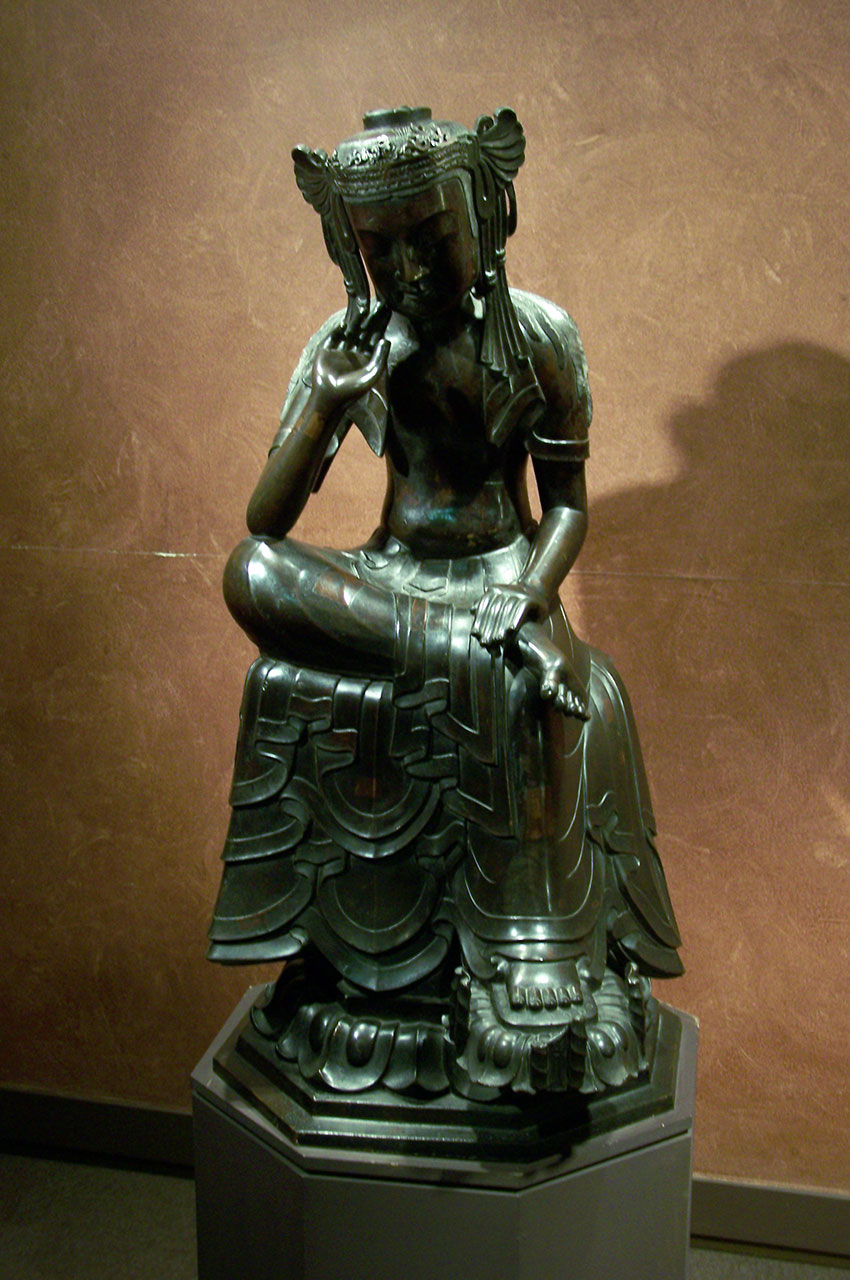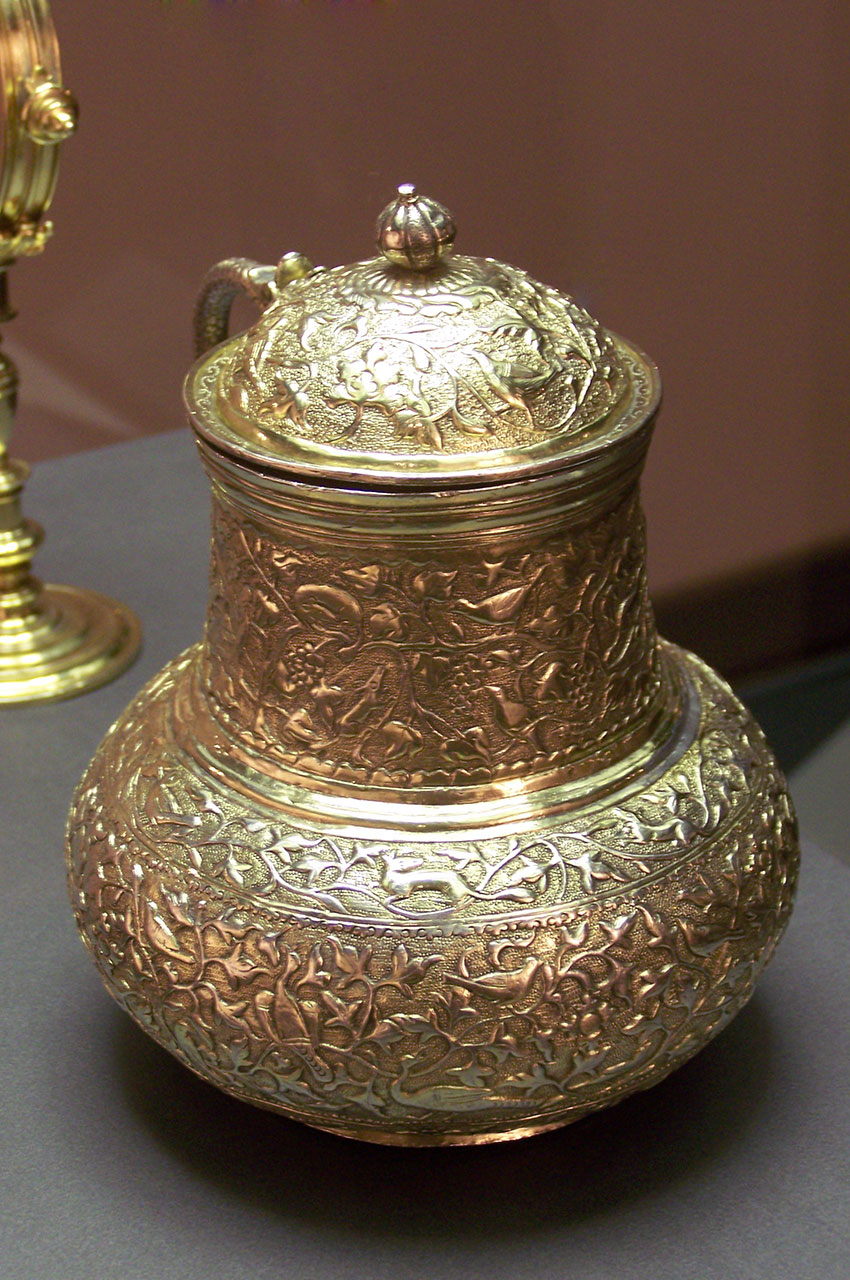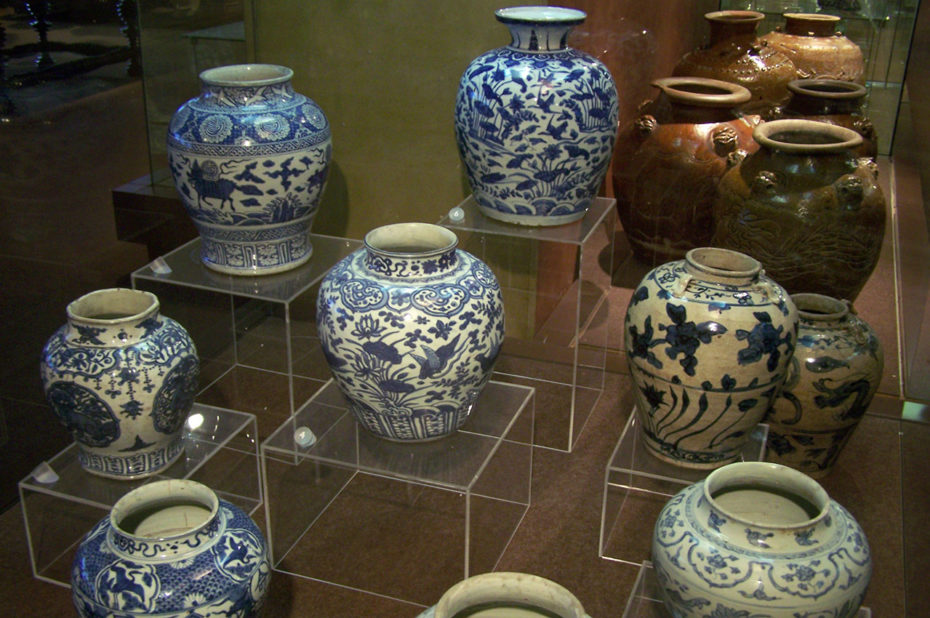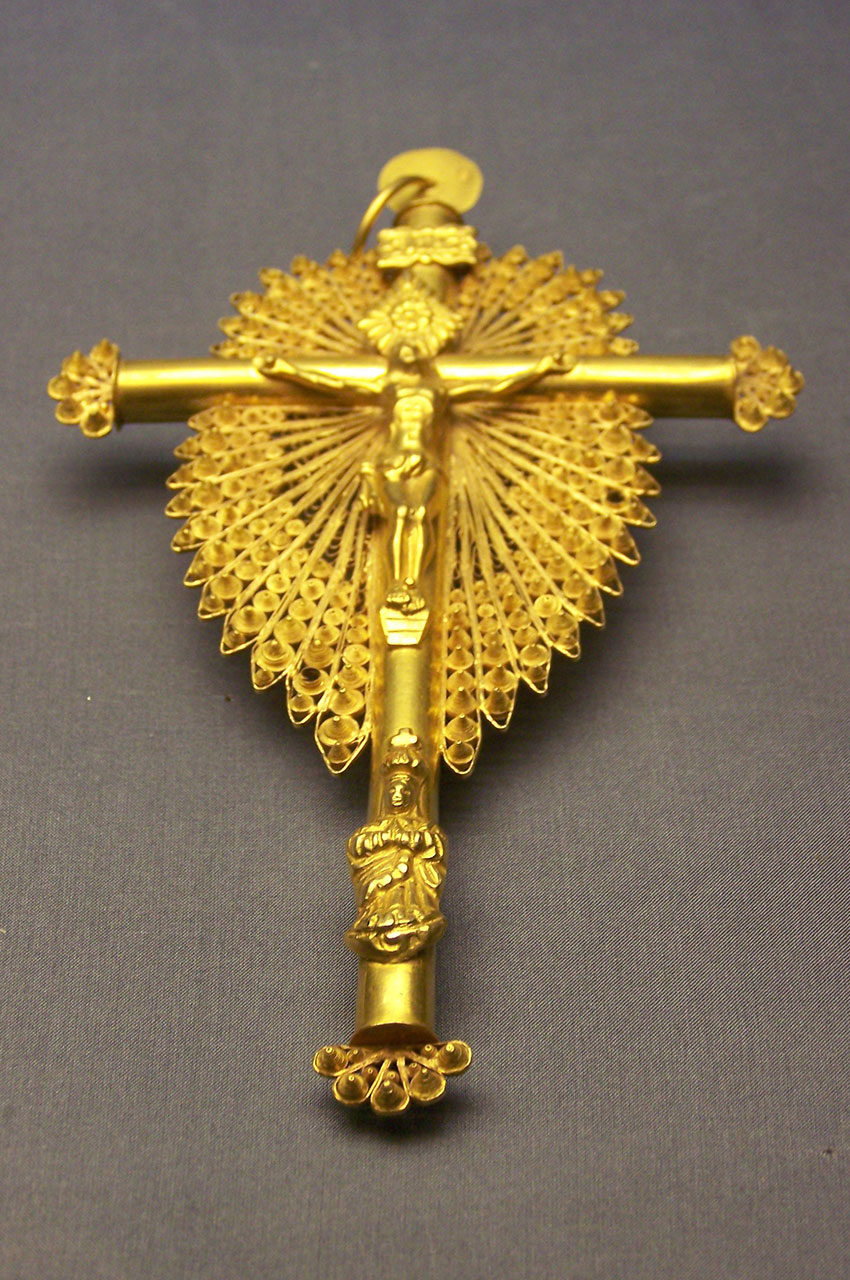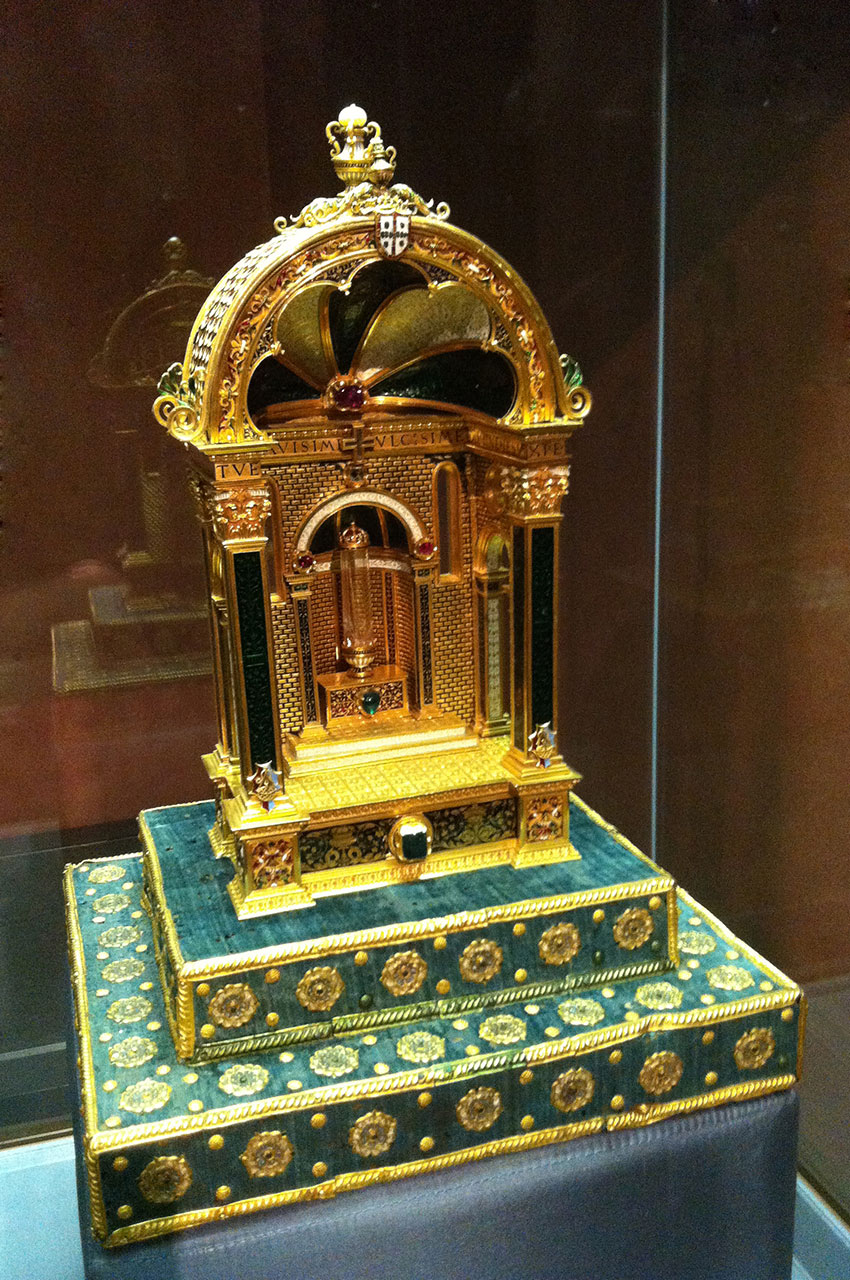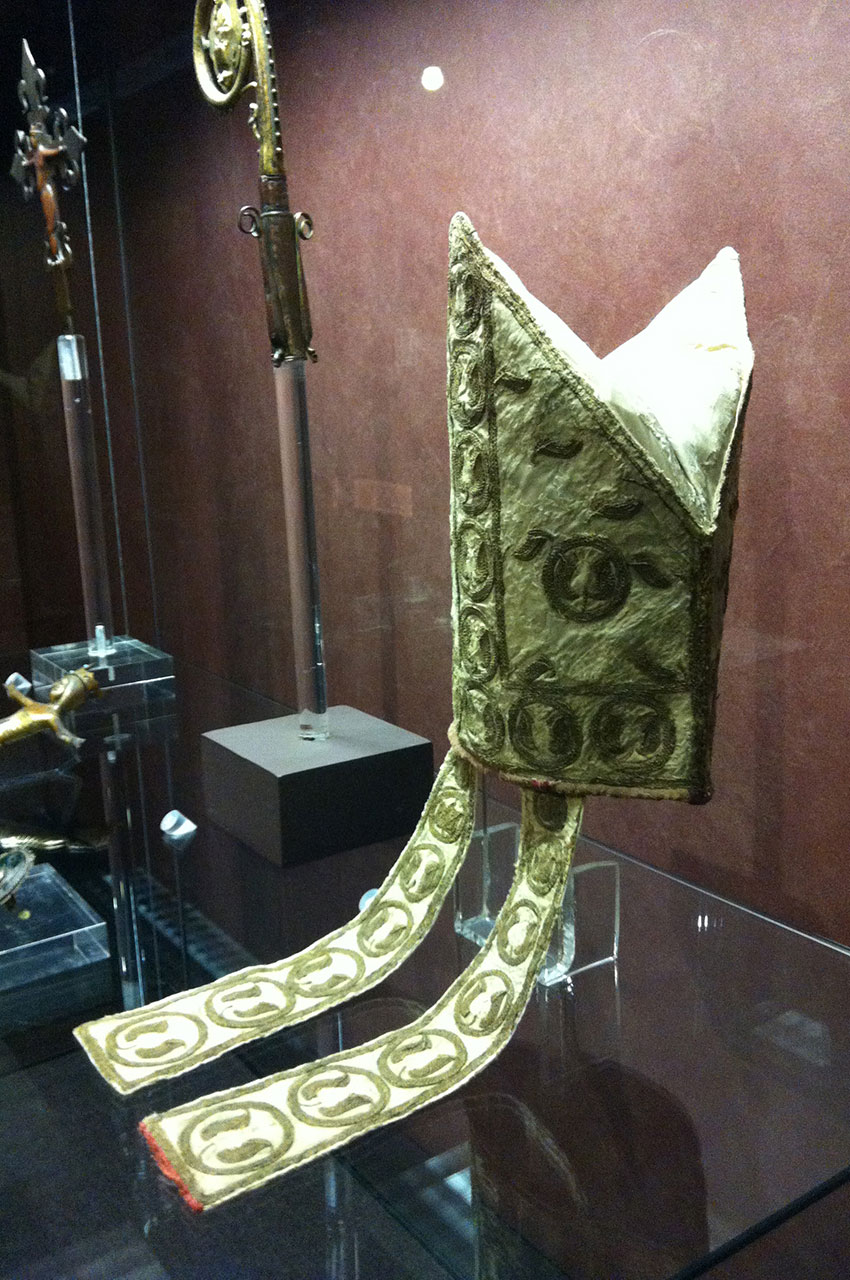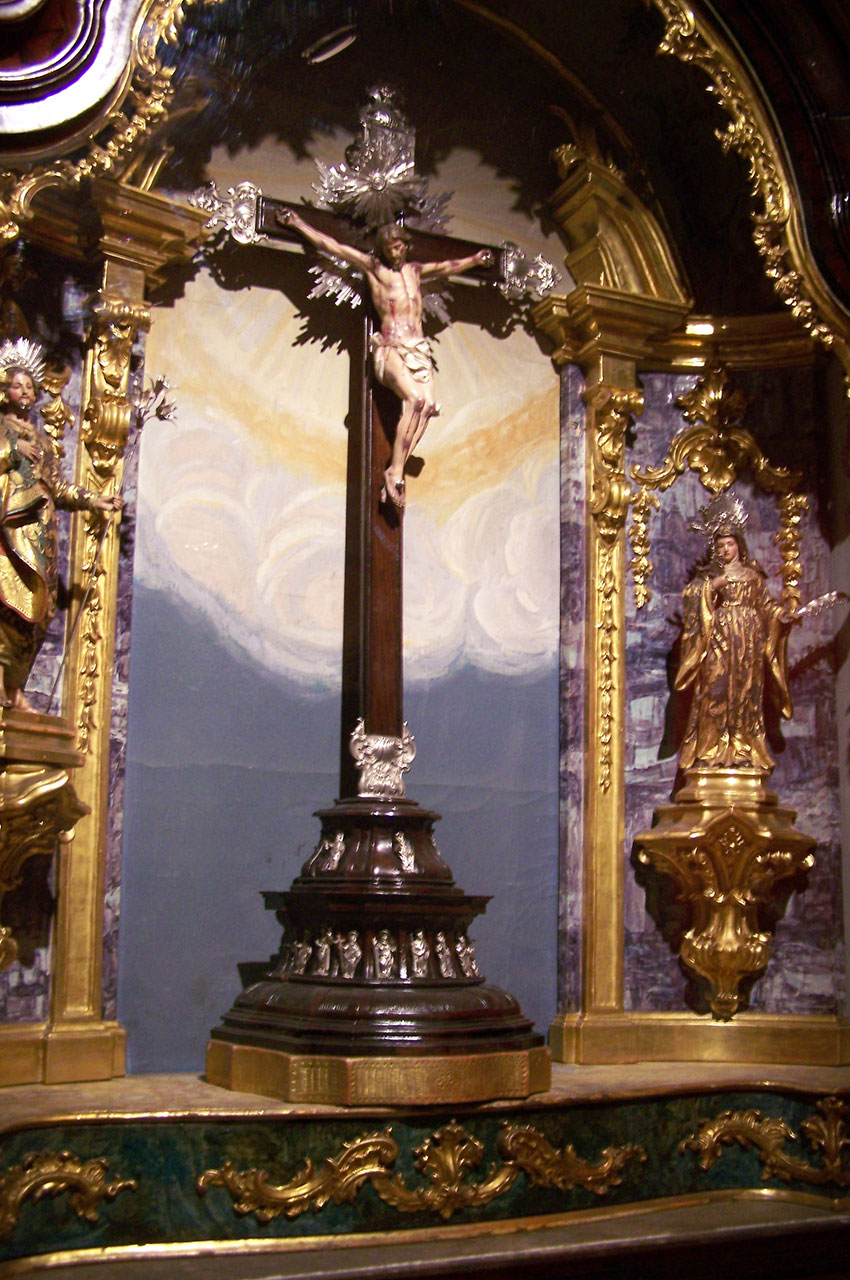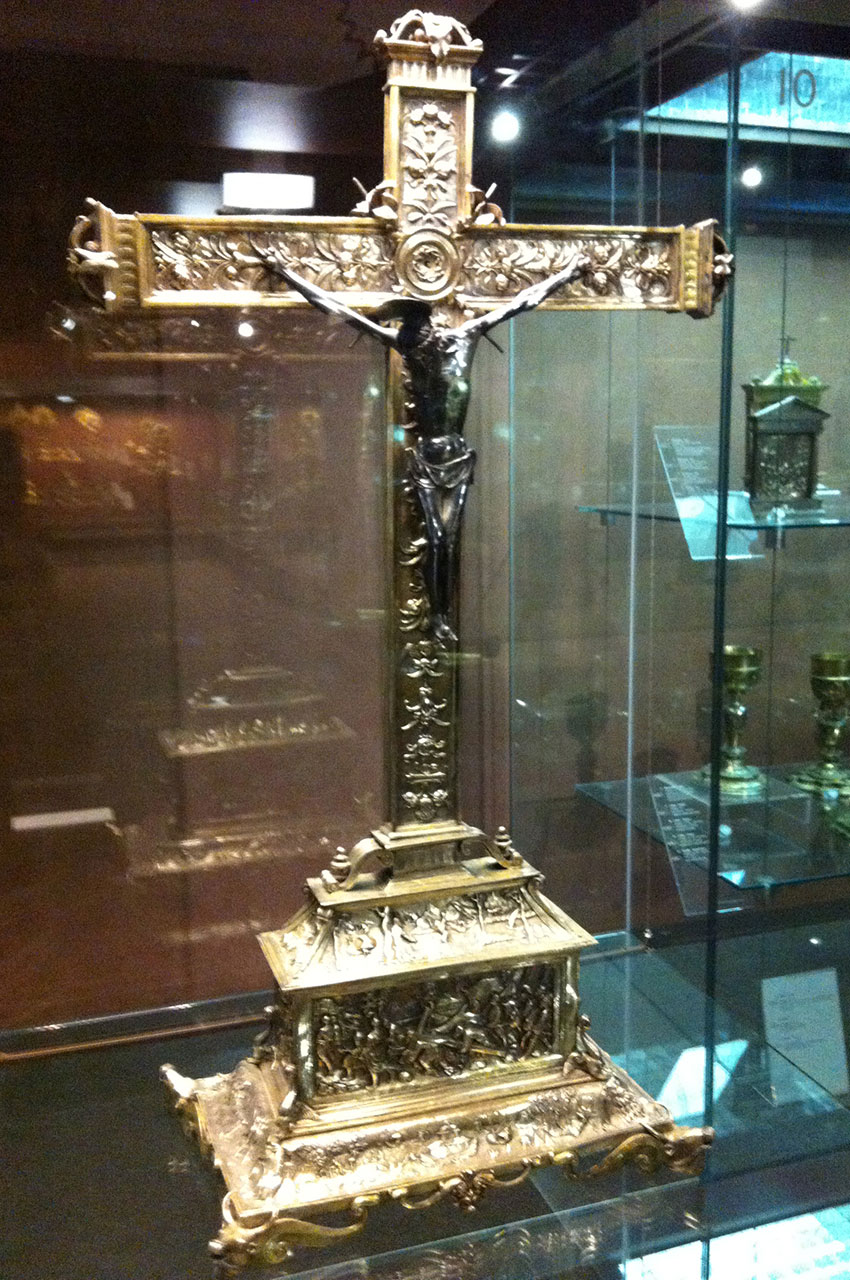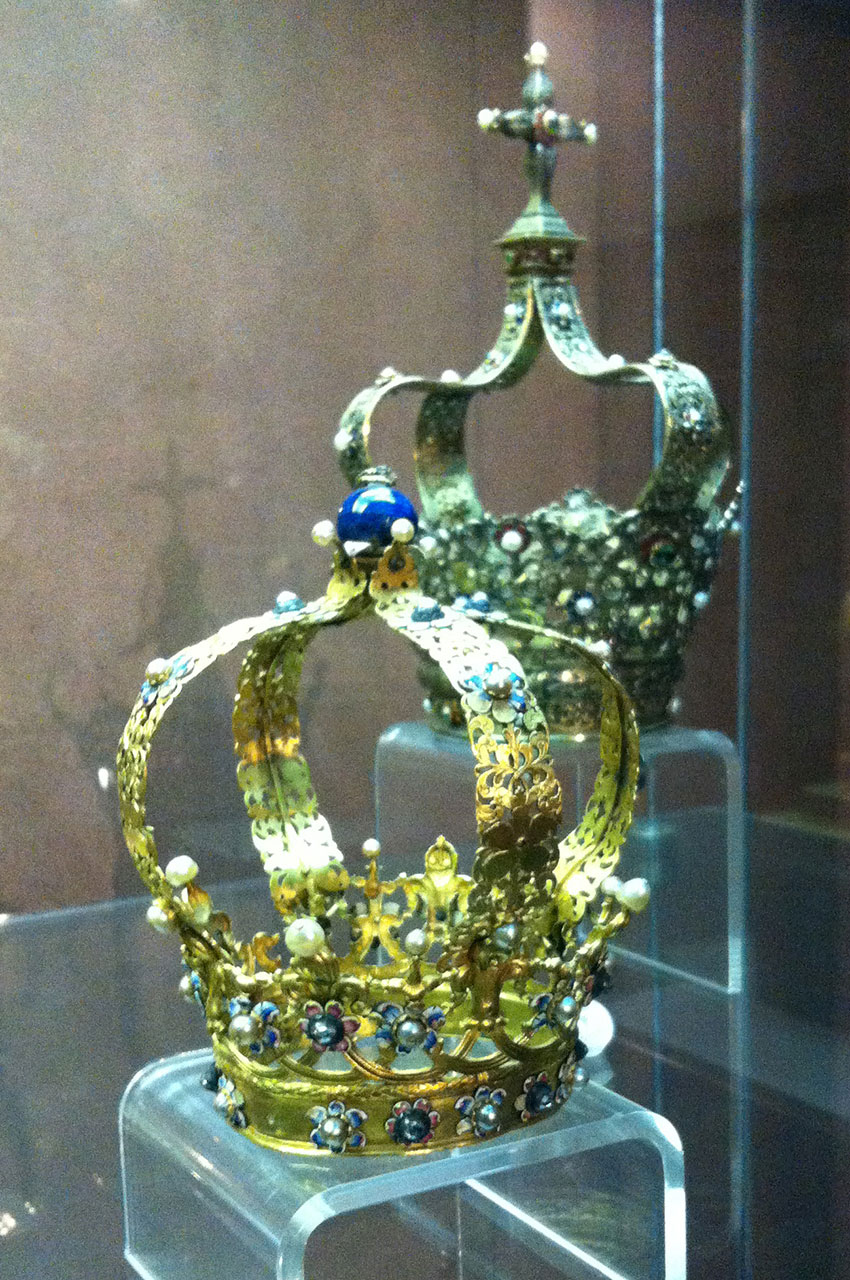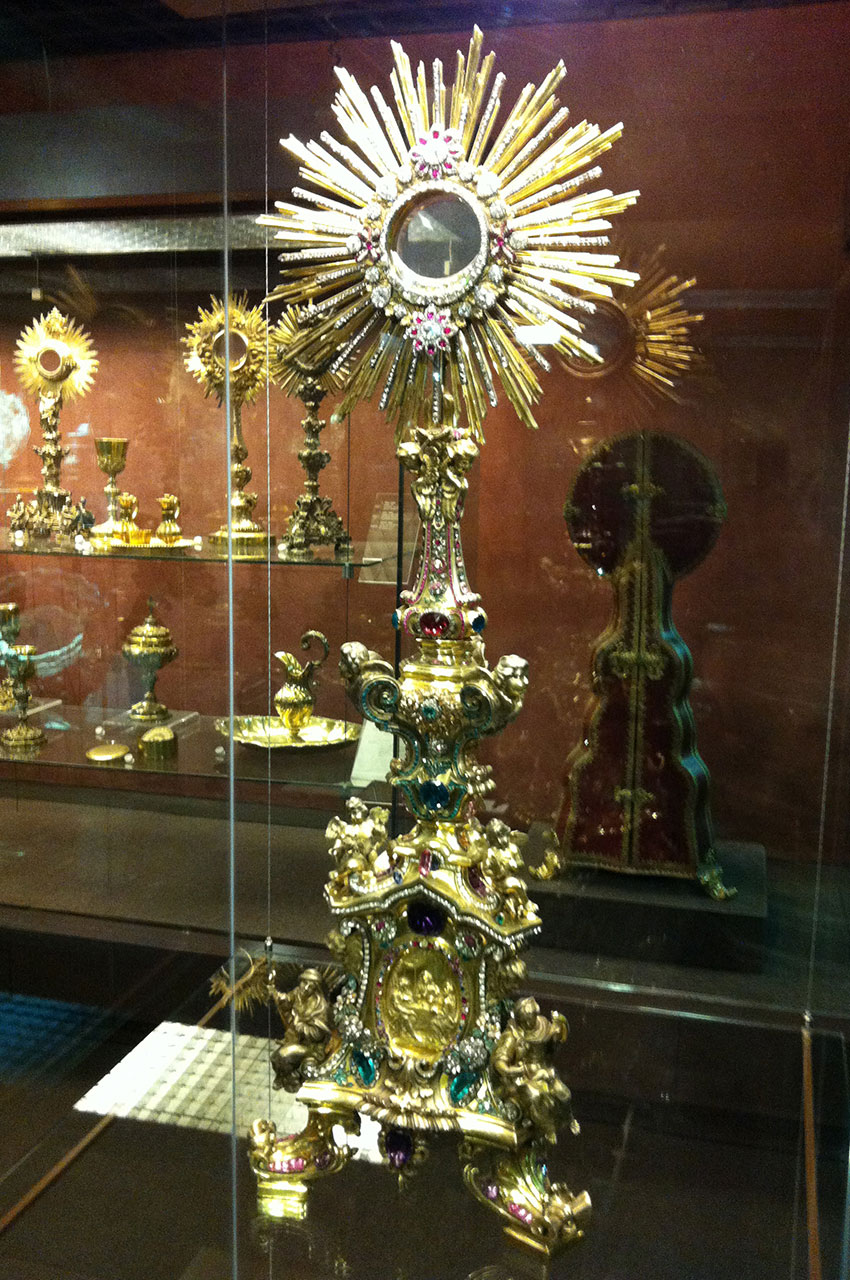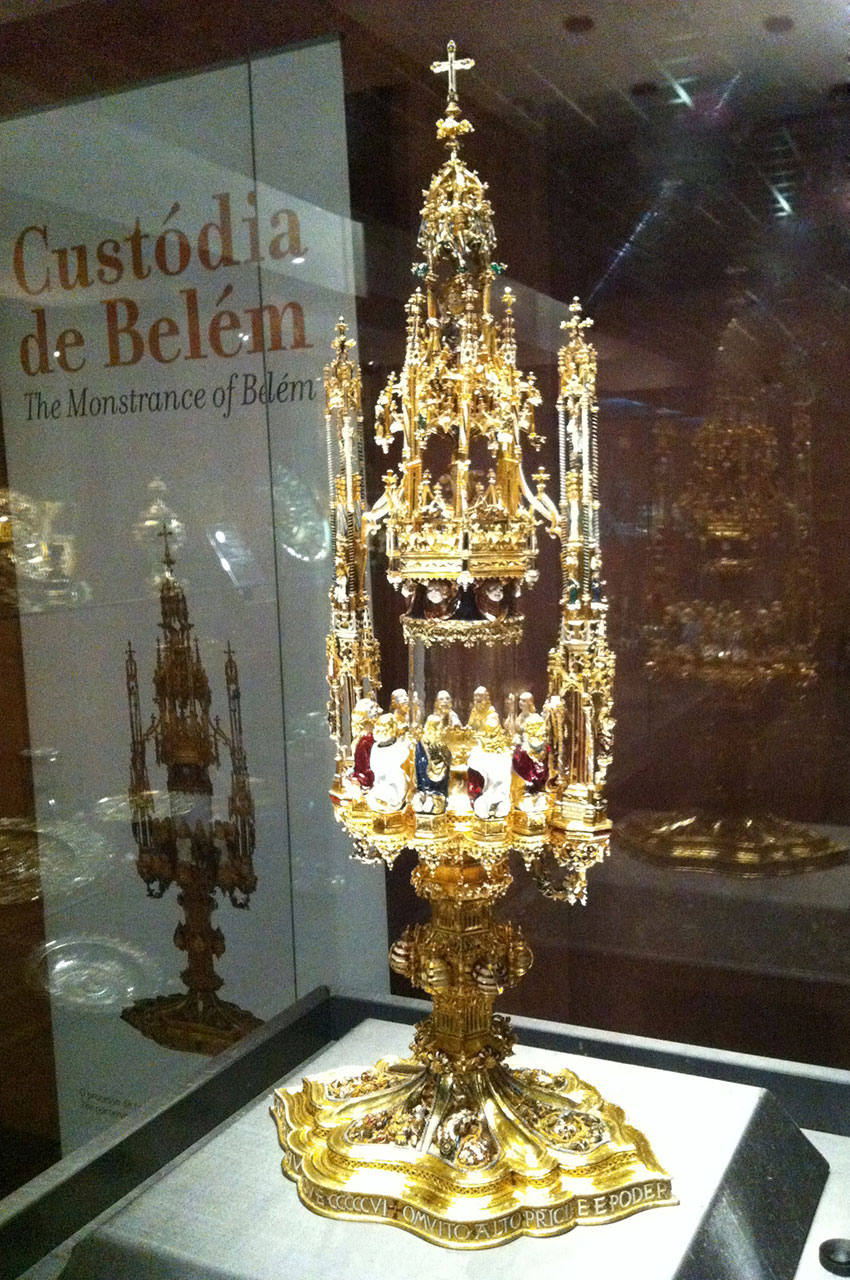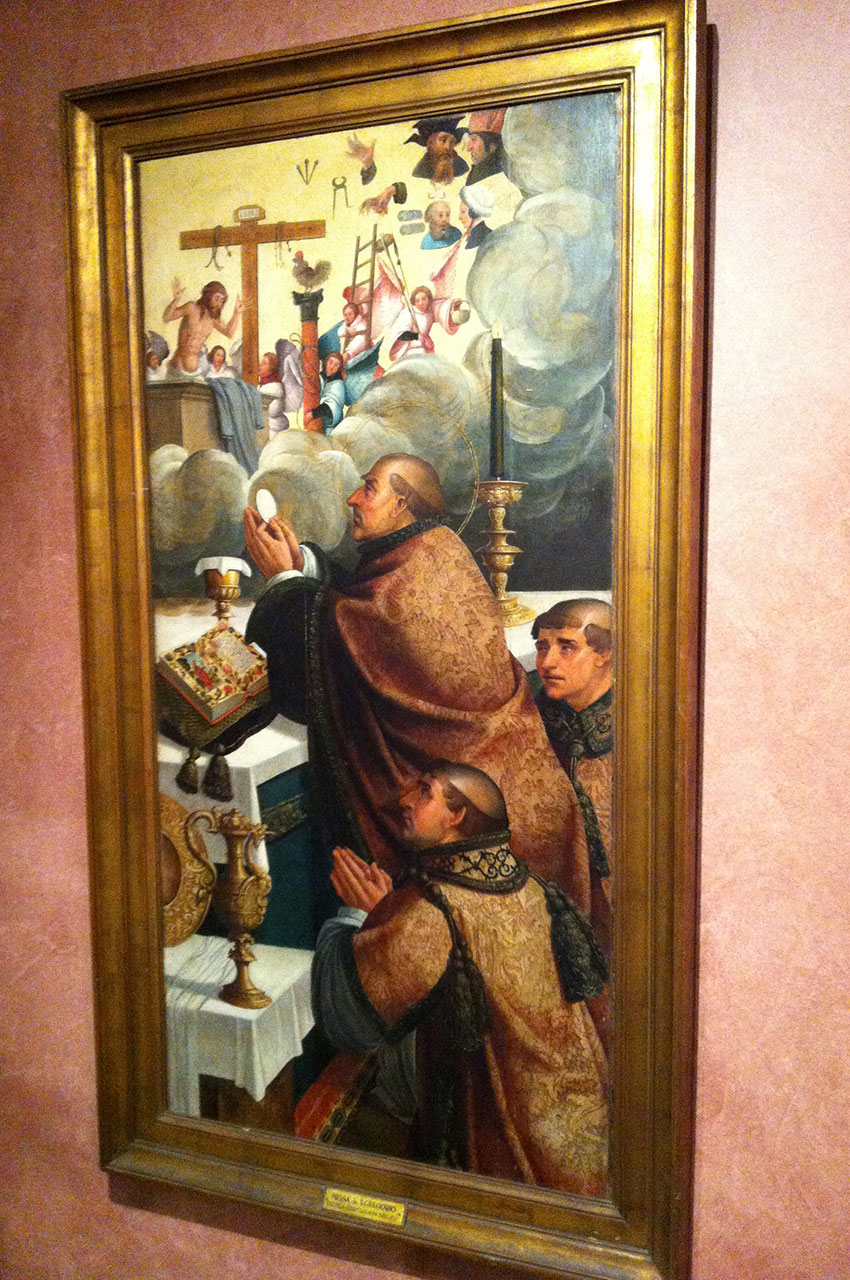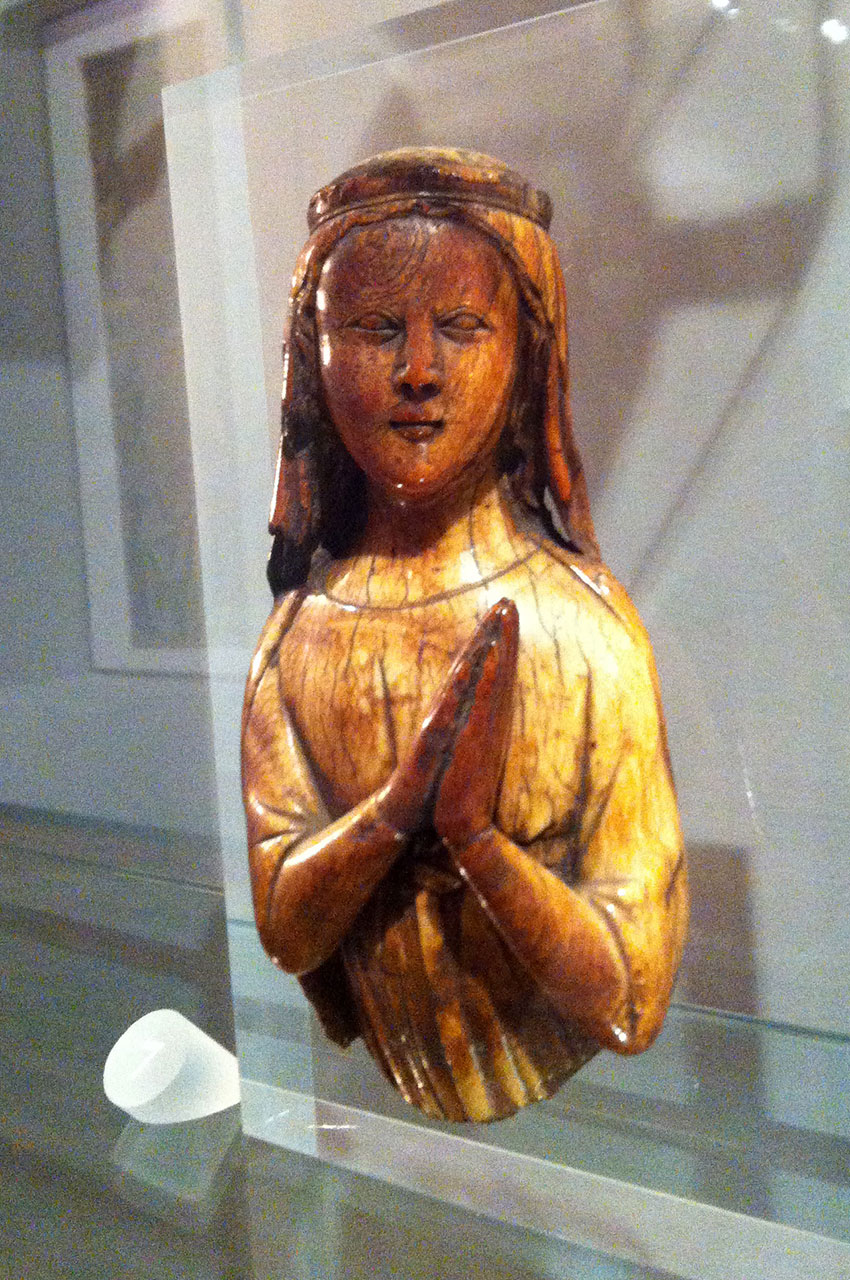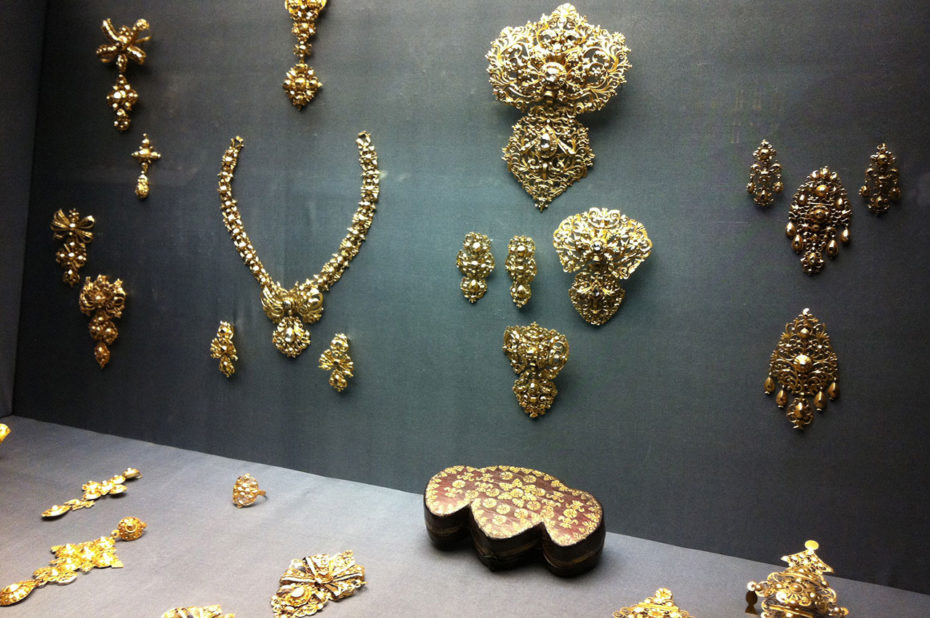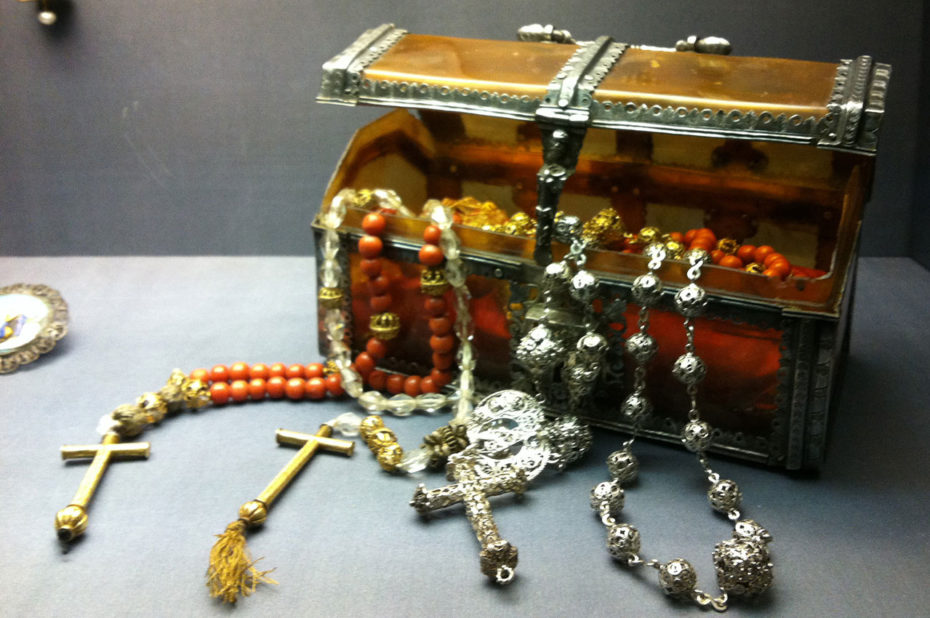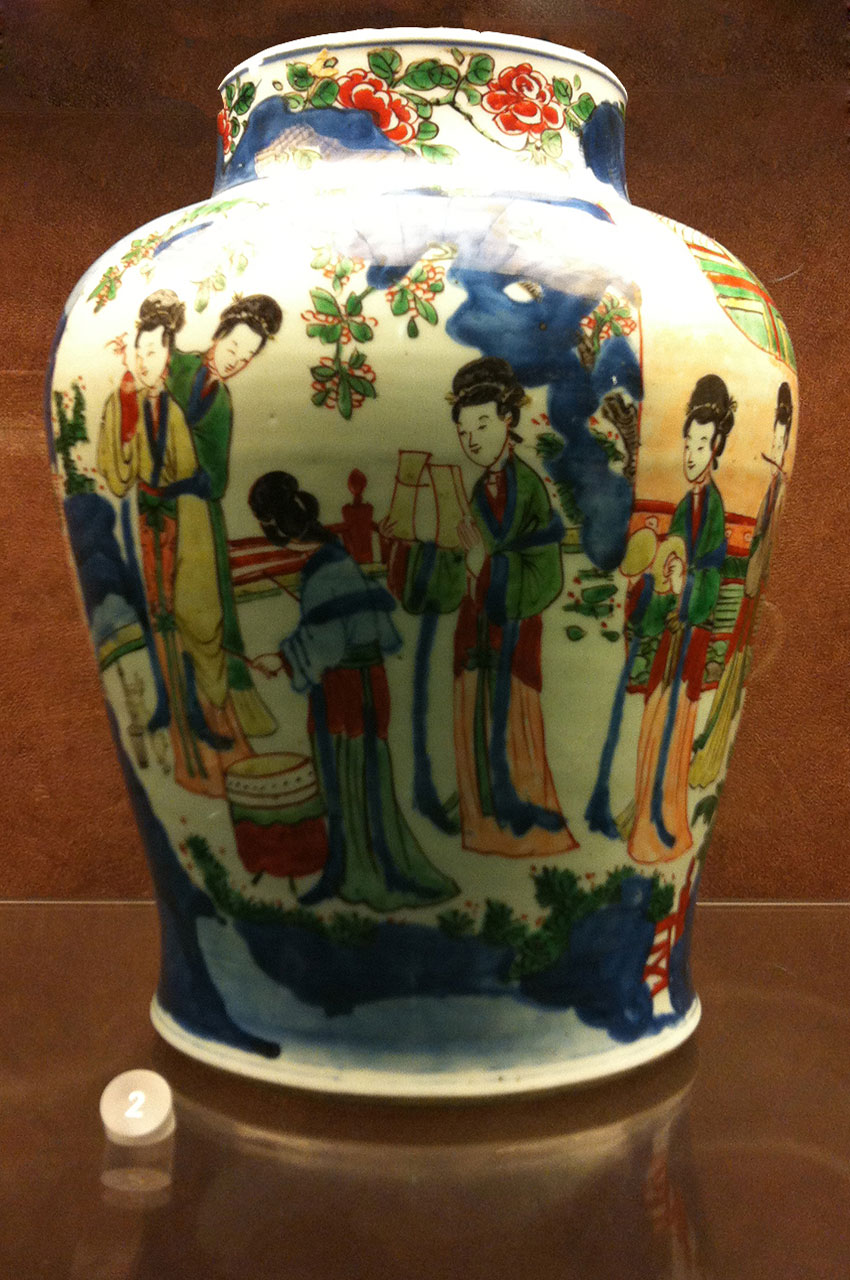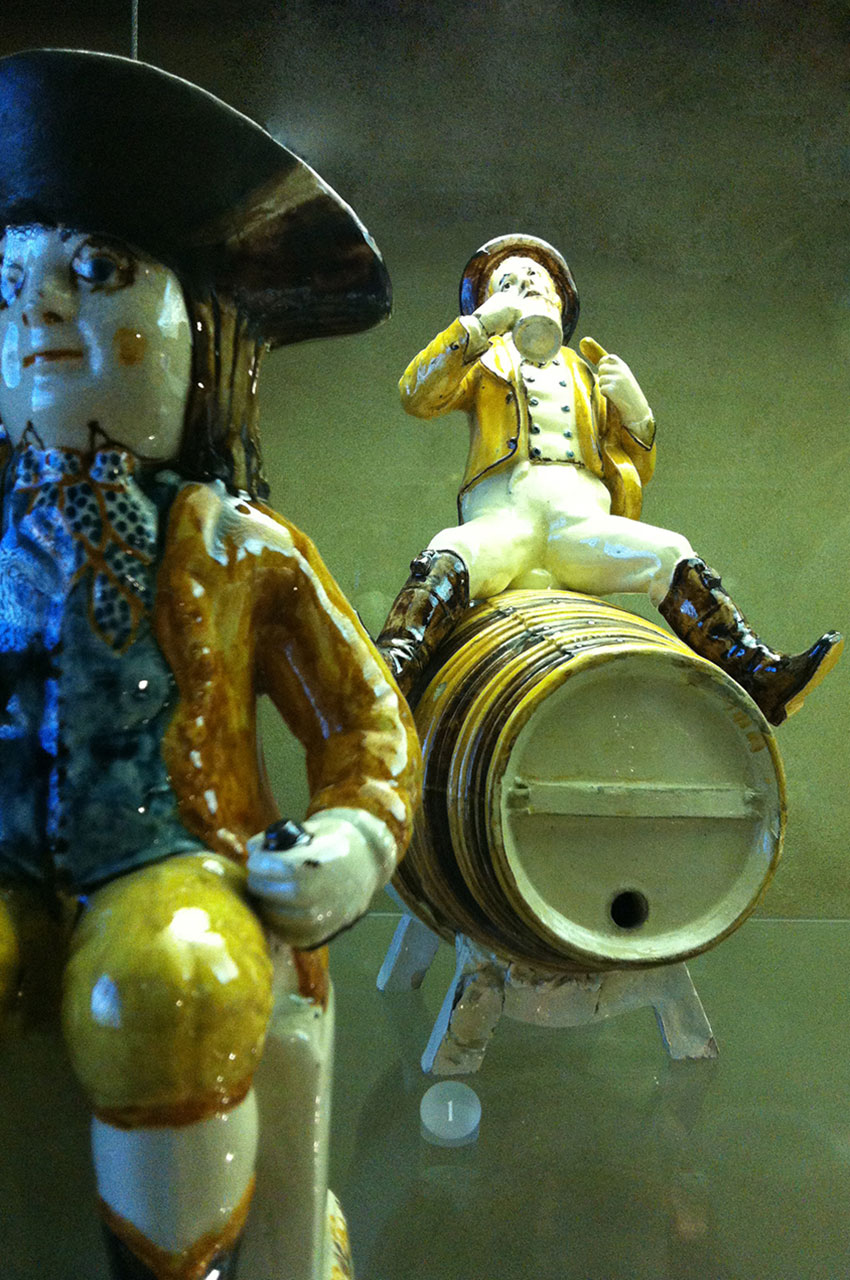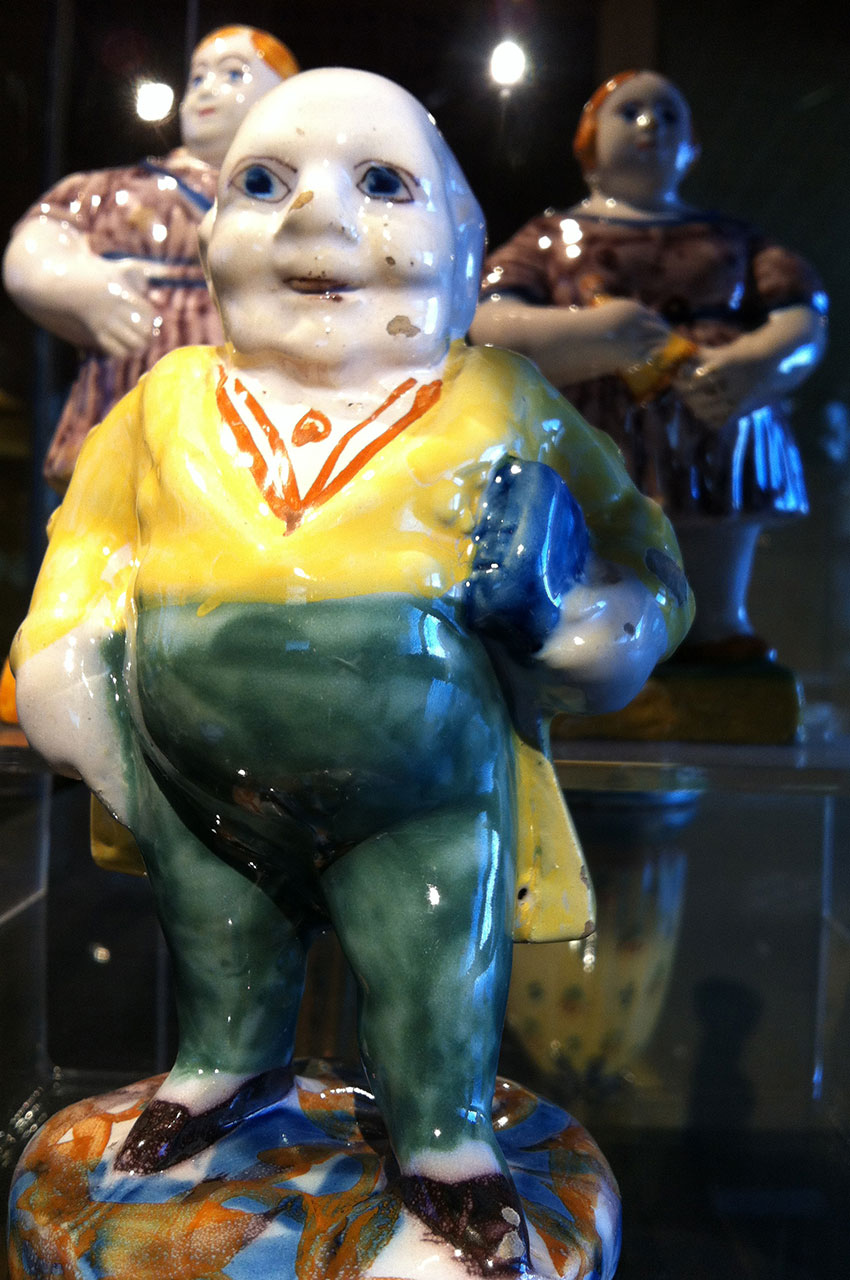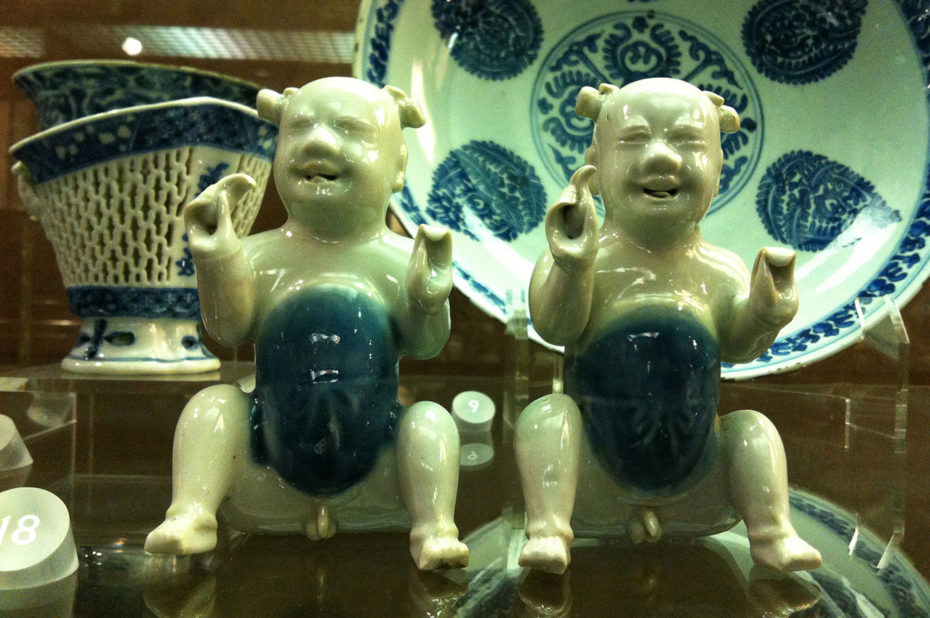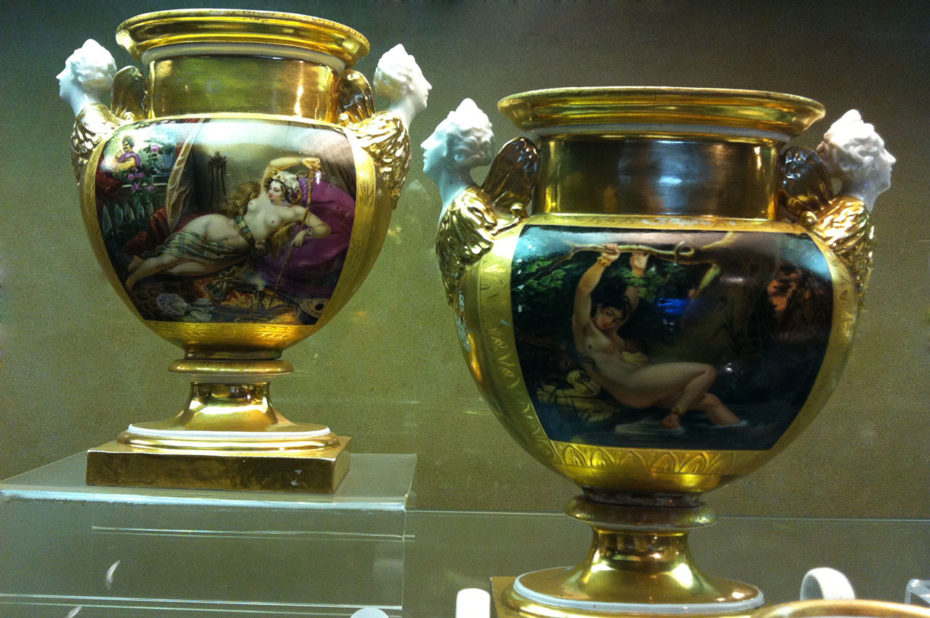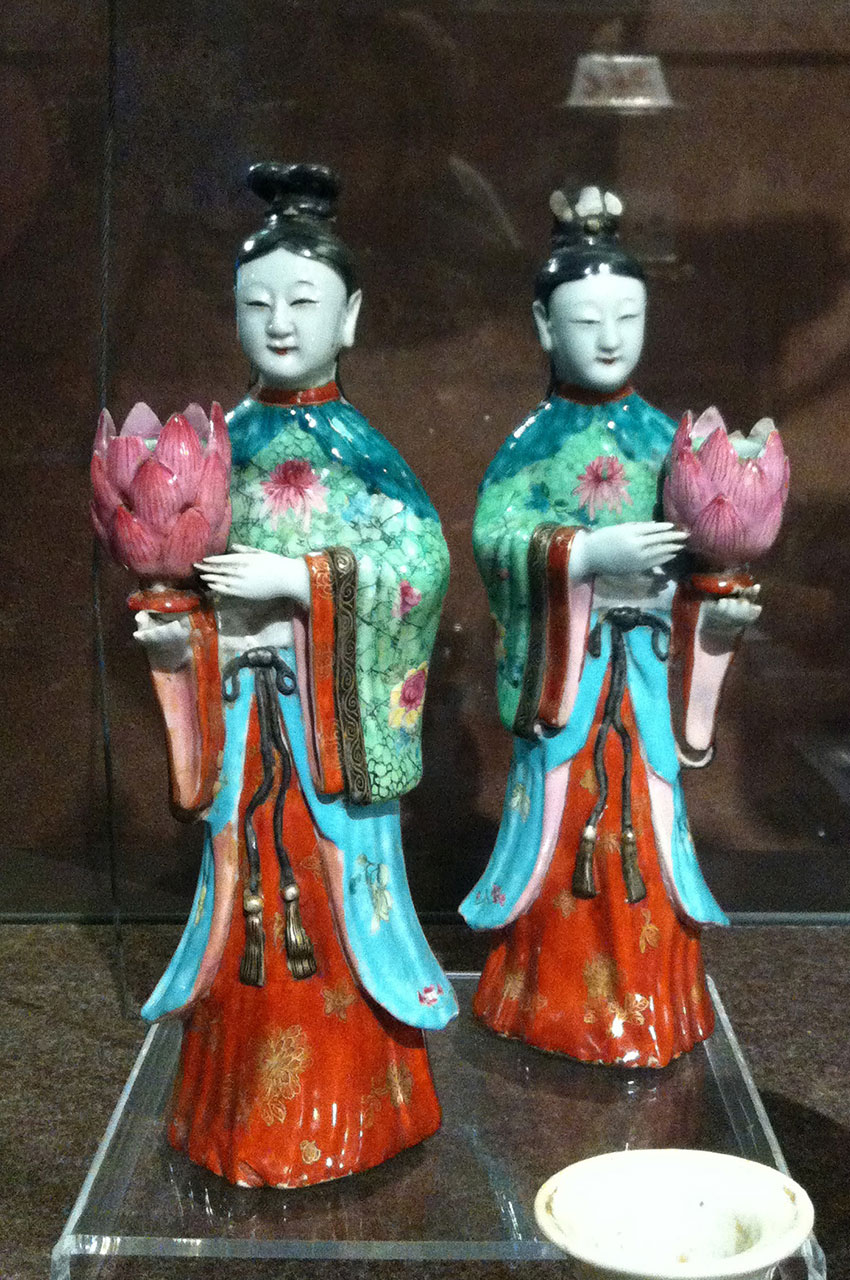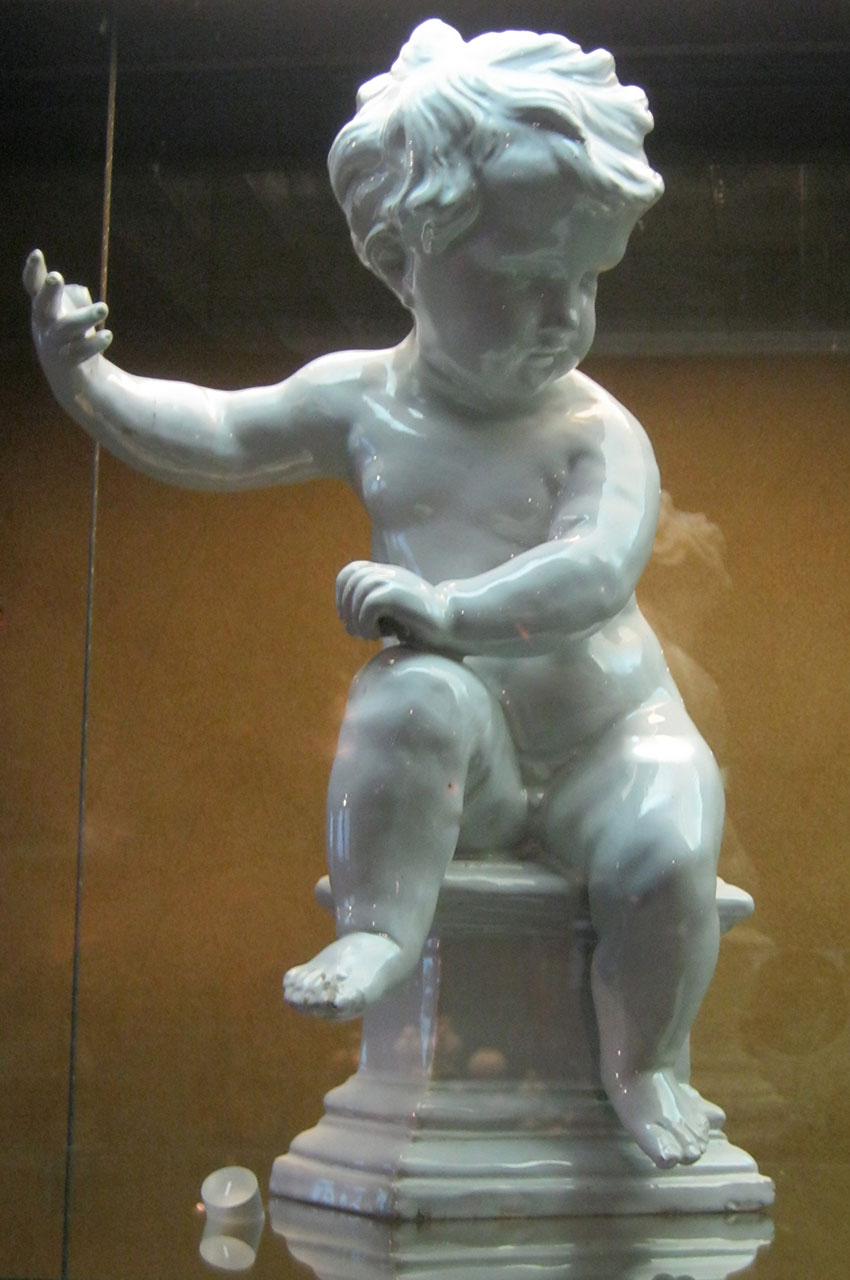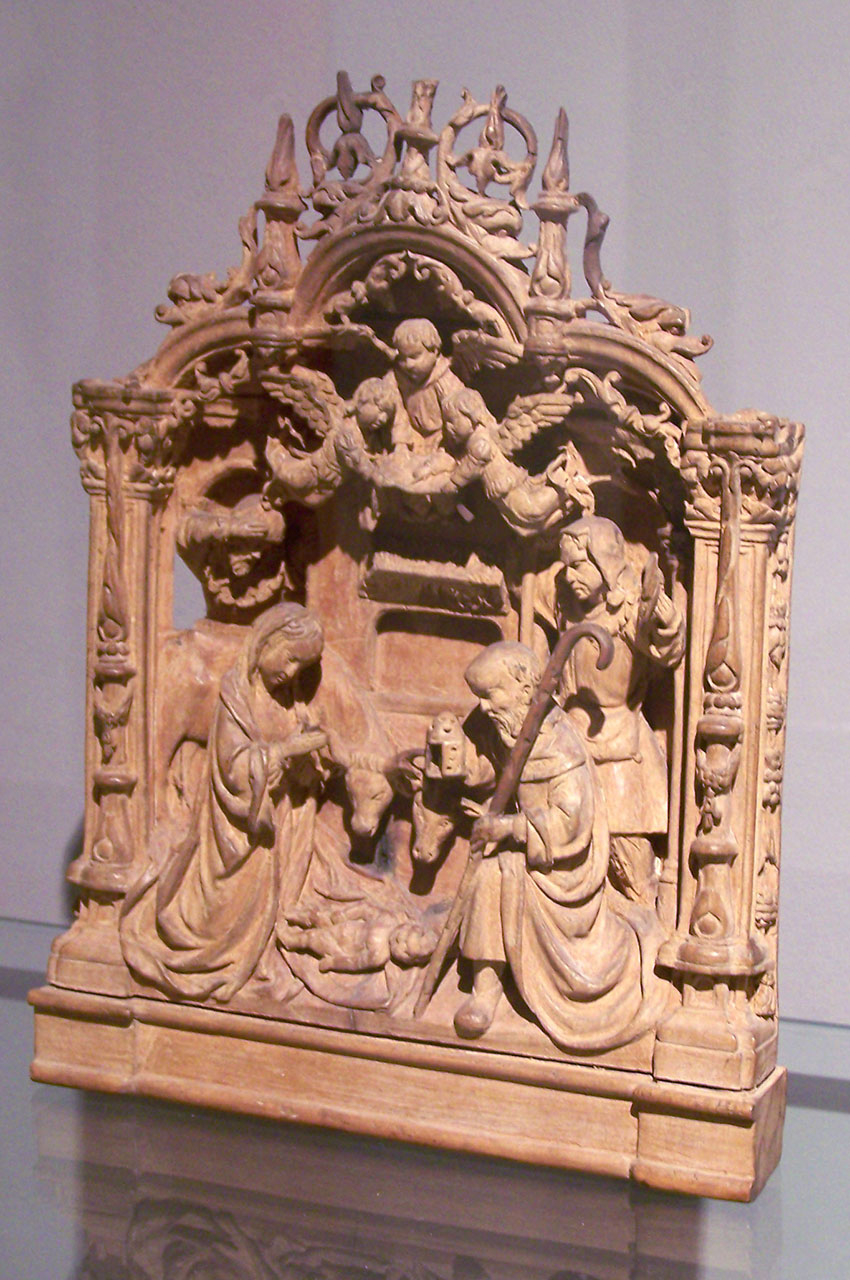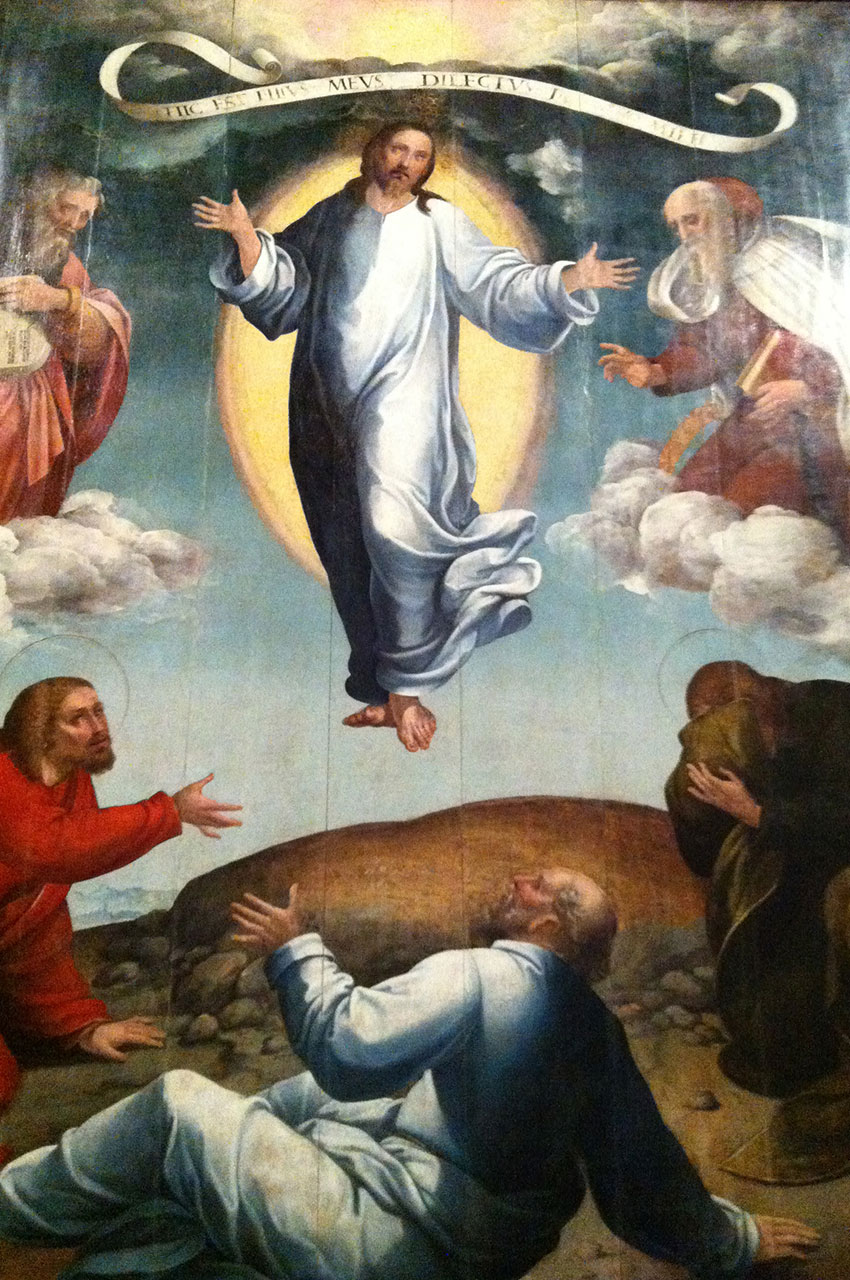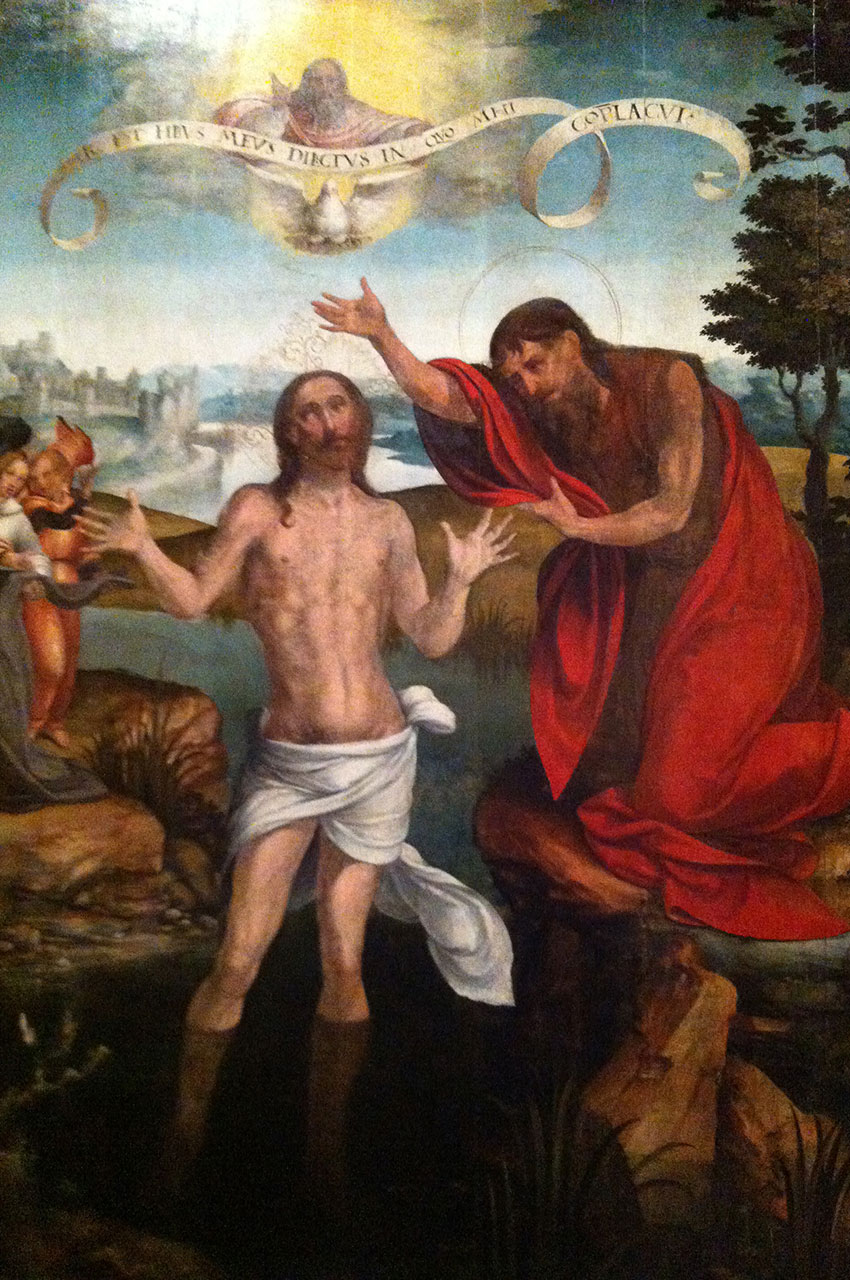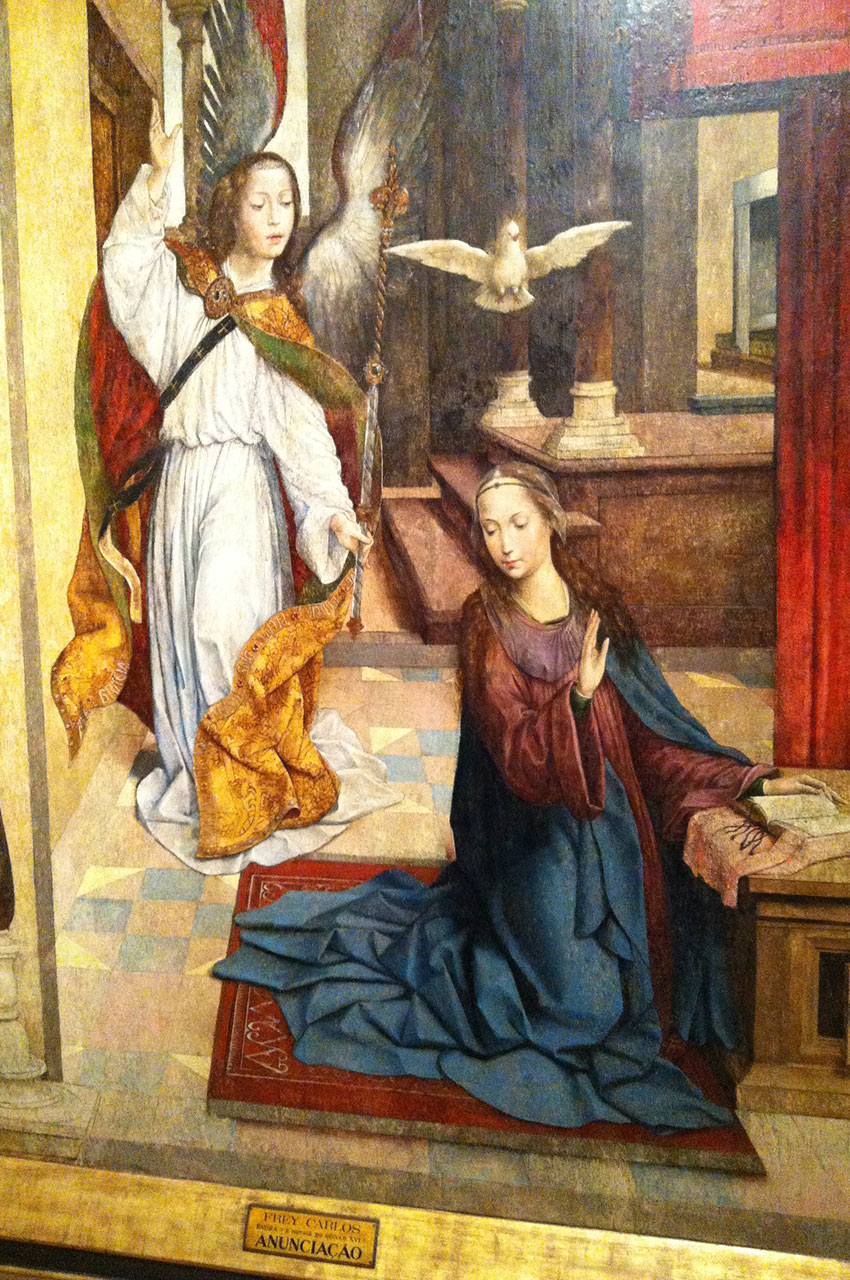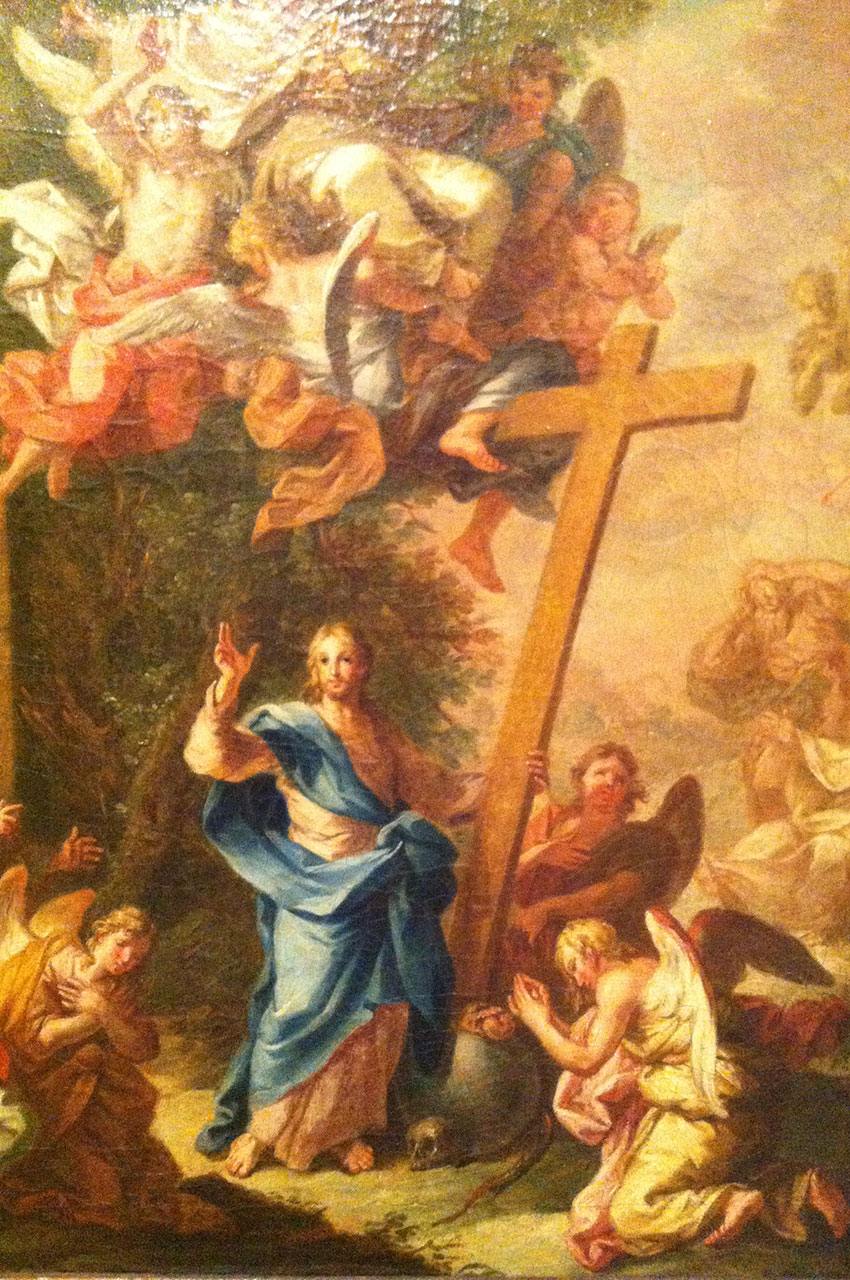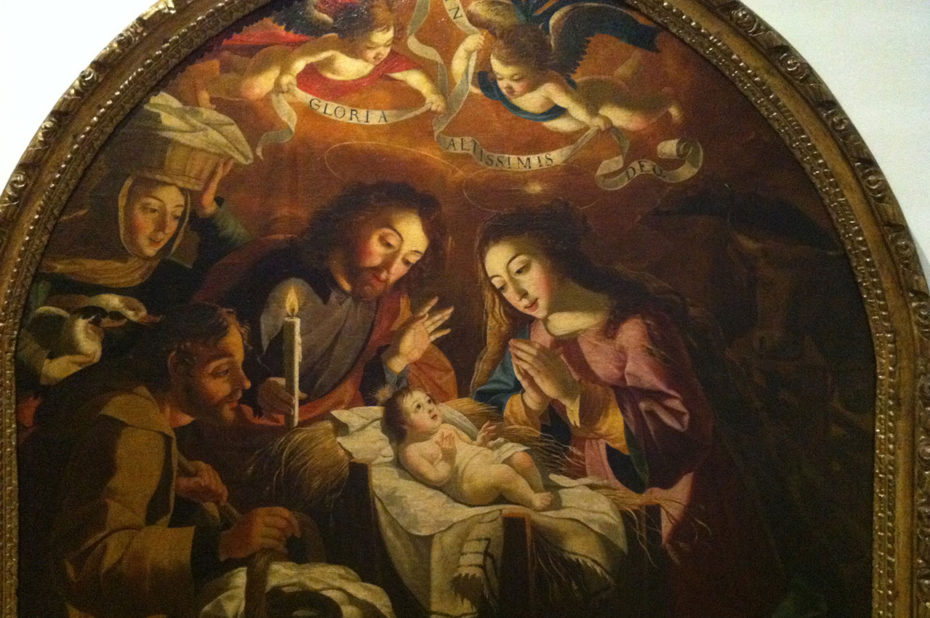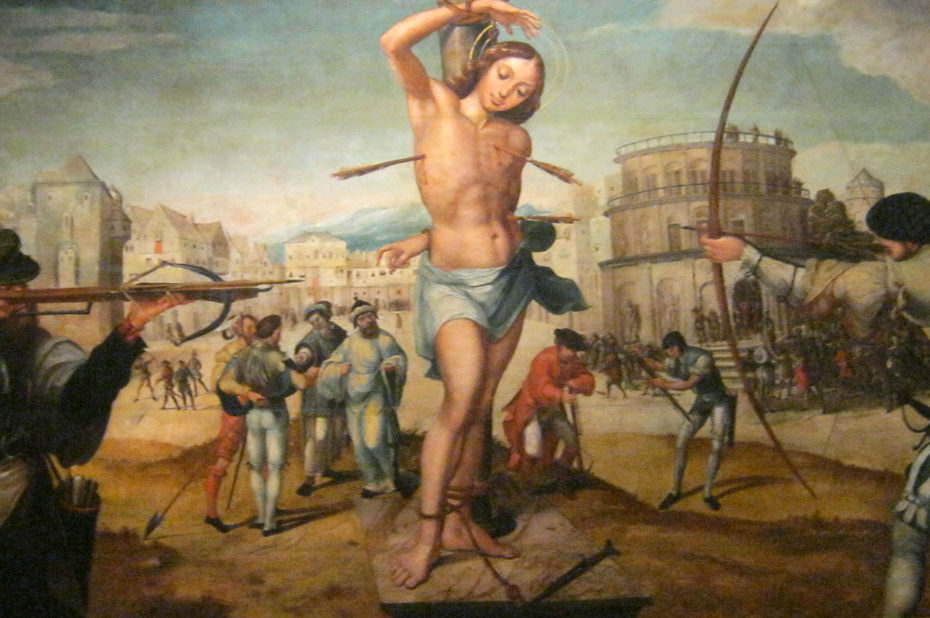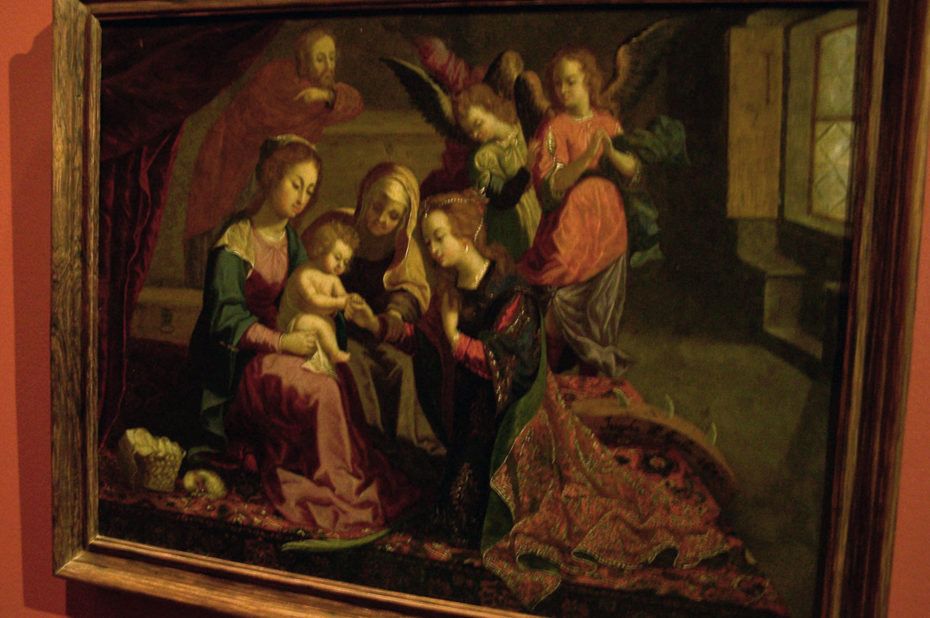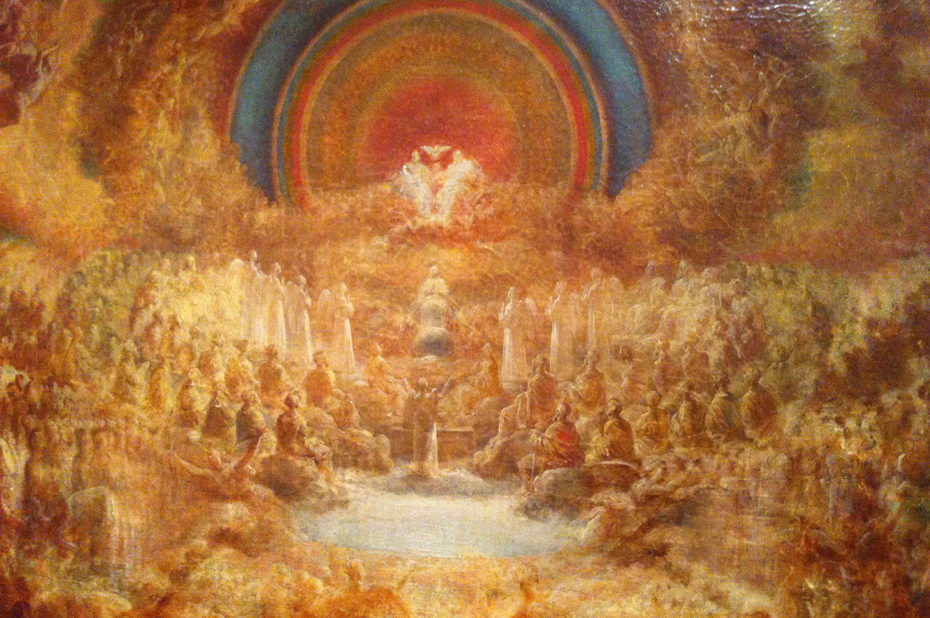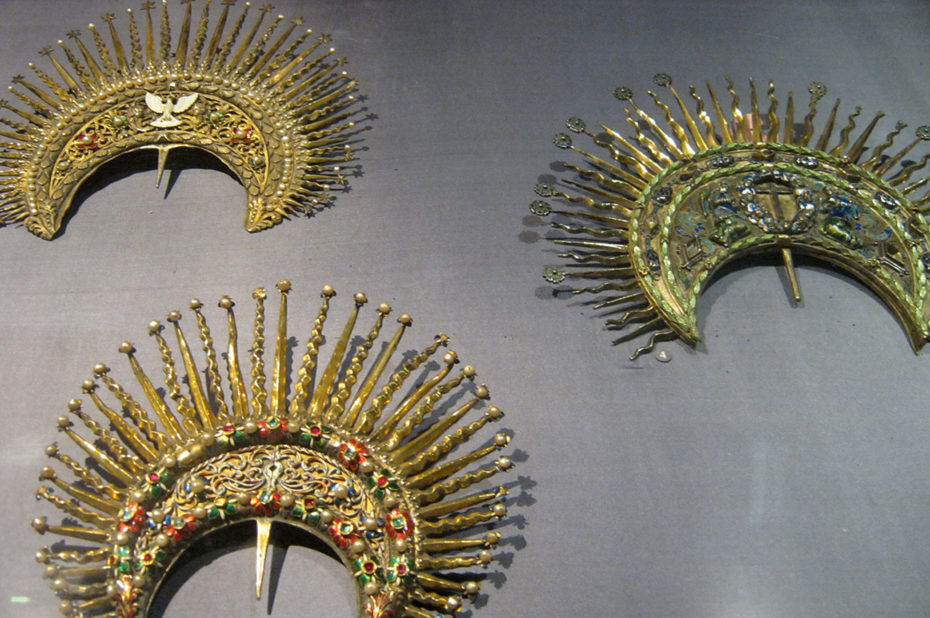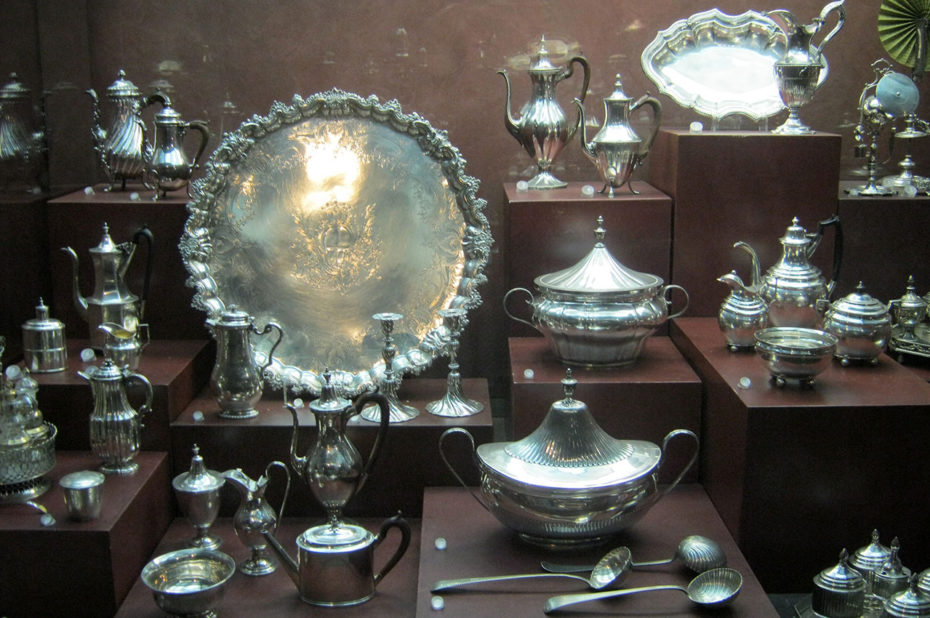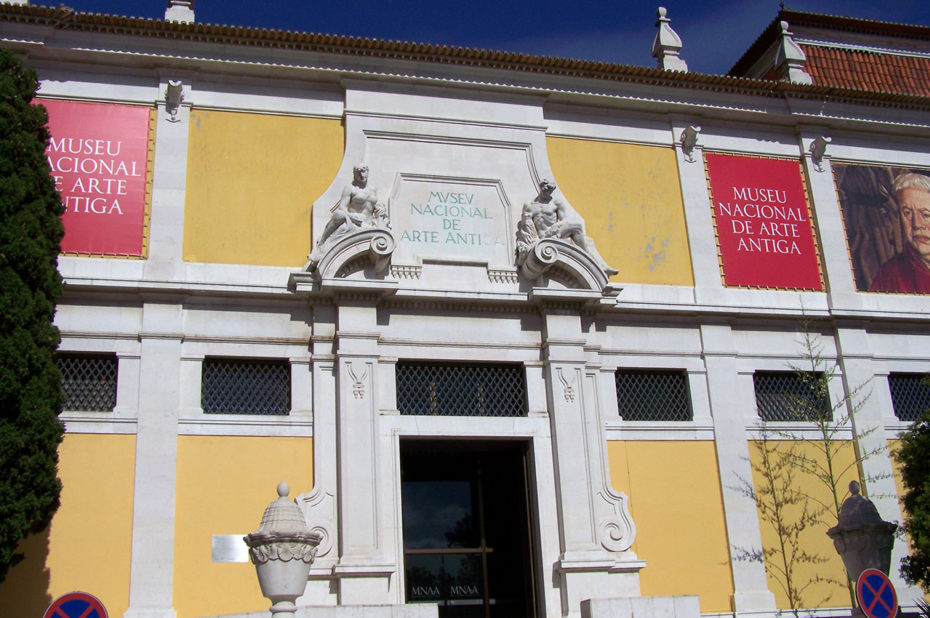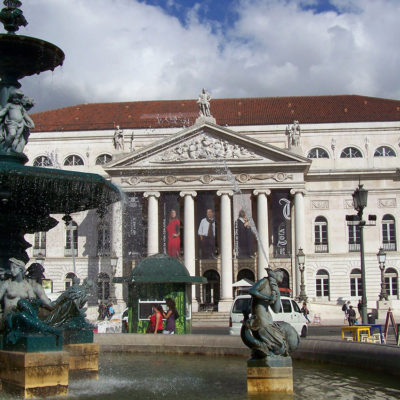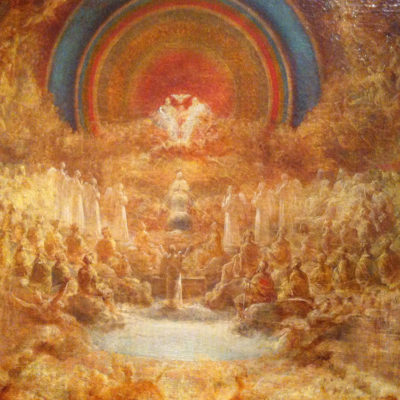
The National Museum of Antique Art, or MNAA (Museu Nacional de Arte Antiga), opened in 1884 in a 17th-century palace, is Portugal’s largest picture gallery, with the highest number of national treasures.
Among the most emblematic works are Jerome Bosch’s “Temptation of St. Anthony” triptych and Dürer’s “St. Jerome”, but the most impressive is undoubtedly the “Panels of St. Vincent” from the second half of the 15th century, attributed to Portuguese painter Nuno Gonçalves. They depict no fewer than sixty figures venerating Saint Vincent, including Henry the Navigator. This pictorial work is a true snapshot of Portuguese society at the time of the Discoveries.
In addition to paintings, the National Museum of Ancient Art boasts an important collection of sculptures and decorative and religious art objects, largely linked to the era of the Discoveries, when Portugal established the first links between Europe and Asia, Africa and the Americas. Highlights include the beautiful “Belém Monstrance” set with precious stones brought back by Vasco de Gama, and the magnificent “Nanban Screens” depicting the arrival of the Portuguese in Japan.
The visit to the National Museum of Ancient Art was made on September 22, 2012.
Click on the picture to enlarge it and discover its caption.

